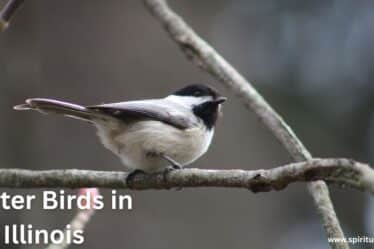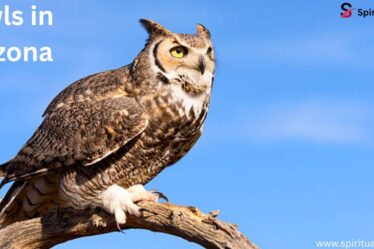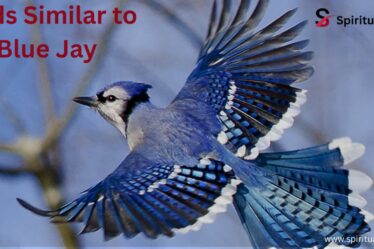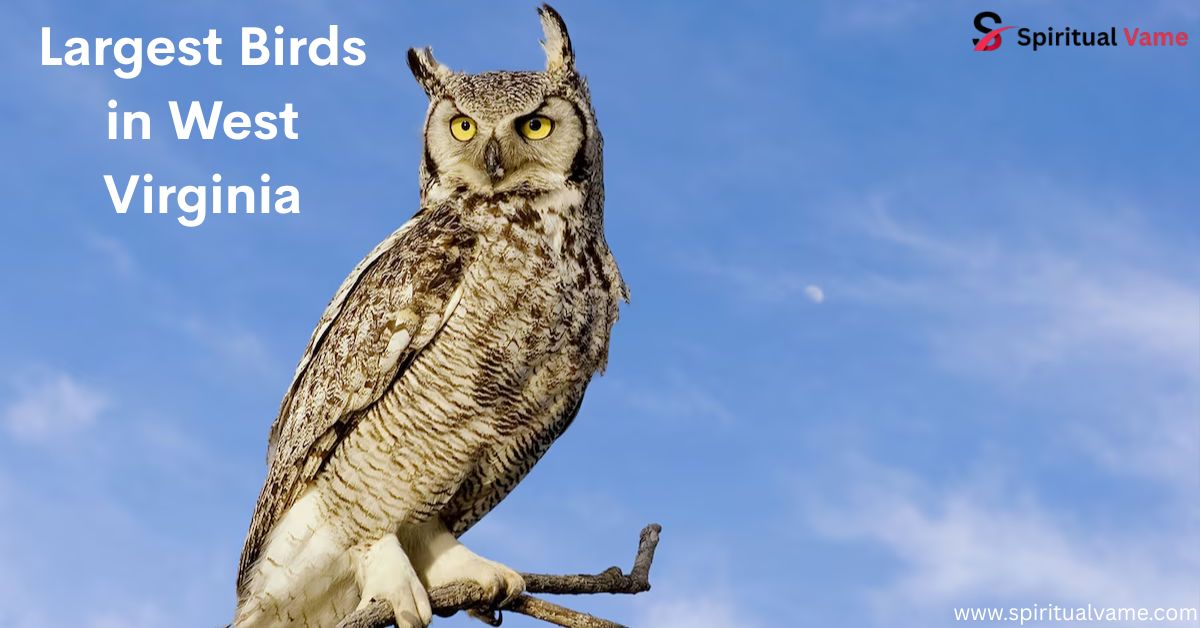
West Virginia is full of hills, rivers, and forests—and in these wild places, some of the largest birds in West Virginia take flight, fish, or wander the land. These birds aren’t just big in size; they’re full of character. From massive swans to soaring eagles, the Mountain State gives birdwatchers a chance to see some of the most majestic creatures in North America.
To understand how impressive these birds are, it helps to look beyond the state. Let’s explore how West Virginia’s giants compare to the largest birds in the Americas, both on land and at sea.
The biggest birds you can see in West Virginia
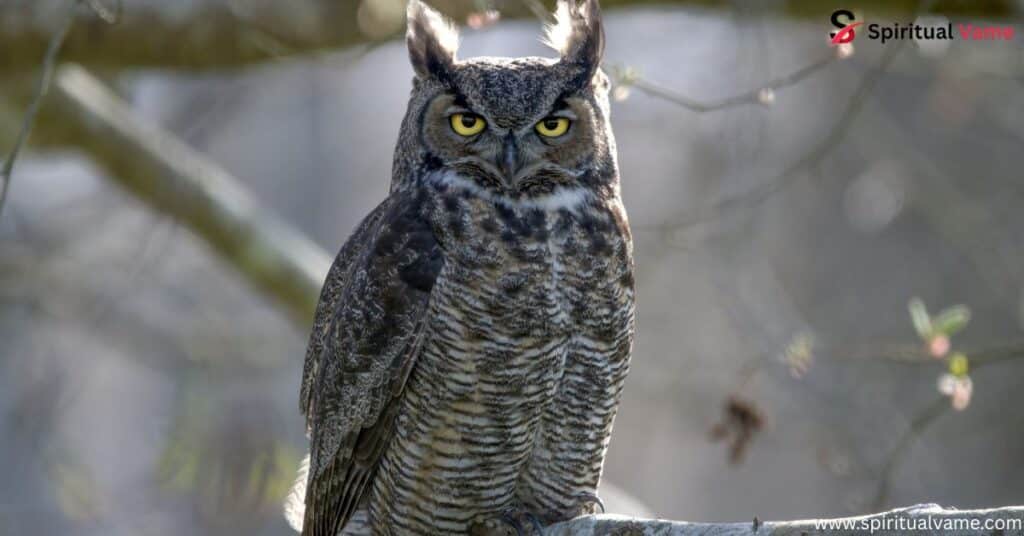
Now let’s bring it home. The biggest birds you can see in West Virginia include swans, eagles, cranes, and even giant owls. Some are year-round residents while others migrate through the state’s rivers, mountains, and wetlands. These birds offer incredible sightings for those who love nature.
They vary in size, shape, and behavior. Some float on water like the Trumpeter Swan, others soar like the Bald Eagle, and a few sneak through the trees like the Great Horned Owl. They all belong to the 17 notable birds that make West Virginia an exciting spot for birdwatching.
Great Horned Owl
The Great Horned Owl is the largest owl in West Virginia. Known for its deep hooting call and fierce yellow eyes, this bird is mostly active at night. It can weigh over 3 pounds and has a wide wingspan for flying silently through forests. It uses powerful talons to grab prey like rabbits, snakes, and even skunks.
Found across the state, the Great Horned Owl nests in tree hollows, old hawk nests, and cliff edges. Its excellent night vision and stealthy flight make it one of the top predators in the woods.
Turkey Vulture
One of the most widespread scavengers in West Virginia is the Turkey Vulture. This bird might not win a beauty contest, but it plays a vital role in nature. With a wingspan that can reach up to six feet, it soars effortlessly in circles, using its sharp sense of smell to locate dead animals. Its red, bald head helps it stay clean while feeding, and its wide, dihedral wings allow it to ride thermal air currents with ease.
You’ll often spot Turkey Vultures gliding over open fields or perched along highways. They’re social birds, often seen in groups, and although they don’t hunt, they’re some of the most important cleanup birds in West Virginia’s ecosystem.
Red-Tailed Hawk
Another well-known raptor in West Virginia is the Red-Tailed Hawk. This powerful bird of prey has a reddish-brown tail and sharp talons. It sits high in trees or on poles, watching carefully for small mammals like squirrels and mice. With a wingspan of nearly 4.5 feet, it’s a common sight across the state.
Red-tailed Hawks are adaptable and thrive in both forests and open lands. Their piercing cry is often used in movies for dramatic effect, even when other birds are shown. They play an essential role in keeping rodent populations in check.
Wild Turkey
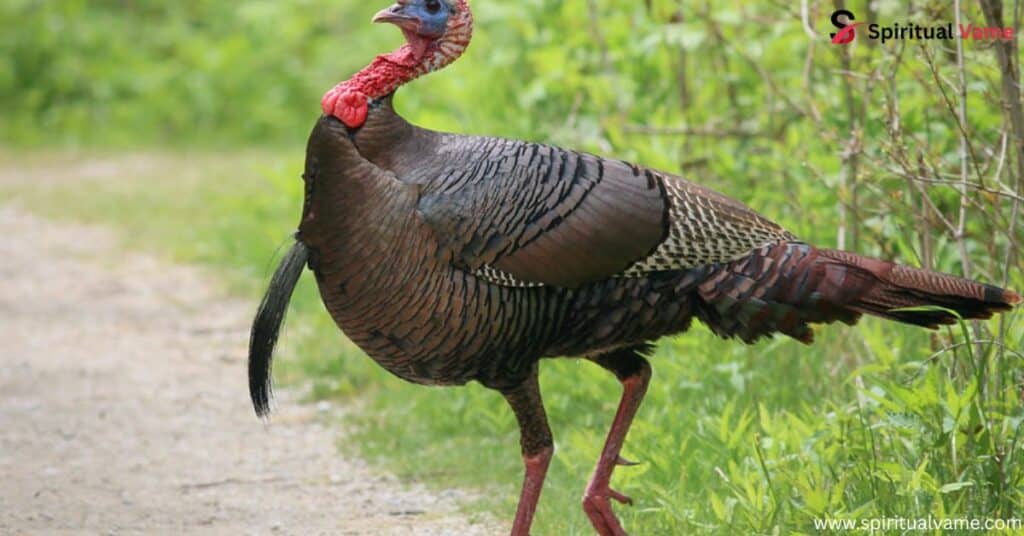
The Wild Turkey is more than just a holiday symbol—it’s one of the largest birds in West Virginia. A full-grown male can weigh up to 20 lb and measure over 3 feet in height. These ground-dwelling birds are known for their fan-shaped tails and loud gobbles during mating season.
Once nearly extinct in the eastern U.S., Wild Turkeys have made a strong comeback thanks to conservation. They’re commonly found in woodlands and fields, scratching the ground for seeds, insects, and berries. Despite their size, they can fly short distances and even roost in trees at night.
Bald Eagle and Golden Eagle
Two of the most iconic birds in North America are also part of West Virginia’s birdlife. The Bald Eagle, with its white head and tail, symbolizes freedom. Its wingspan can reach 6–8 ft, and it mainly feeds on fish. Nesting near large bodies of water, it’s seen year-round in the state.
The Golden Eagle is slightly rarer in West Virginia, typically spotted in mountainous areas during migration. Its majestic brown feathers and massive 7 ft wingspan make it a powerful hunter. Together, these two eagles represent the wild spirit of the Appalachian skies.
Northern Goshawk
The Northern Goshawk is a fierce and secretive forest hunter. Unlike open-area hawks, it prefers deep woodlands and dense cover, where it can chase birds through the trees. With sharp vision, quick reflexes, and a quiet flight, it’s hard to spot—but unforgettable if you do.
This bird isn’t as common as others on this list, but its presence in remote parts of West Virginia adds to the state’s rich bird diversity.
Common Loon
The Common Loon is a striking waterbird with a black-and-white checkered back and haunting call. Though more often seen in Canada and the northern U.S., it stops by West Virginia during migration. Known for its diving skills, it can swim deep to catch fish.
These birds are usually found on lakes and large rivers in the colder months. They’re not permanent residents, but birdwatchers consider them a treat to see.
Great Blue Heron
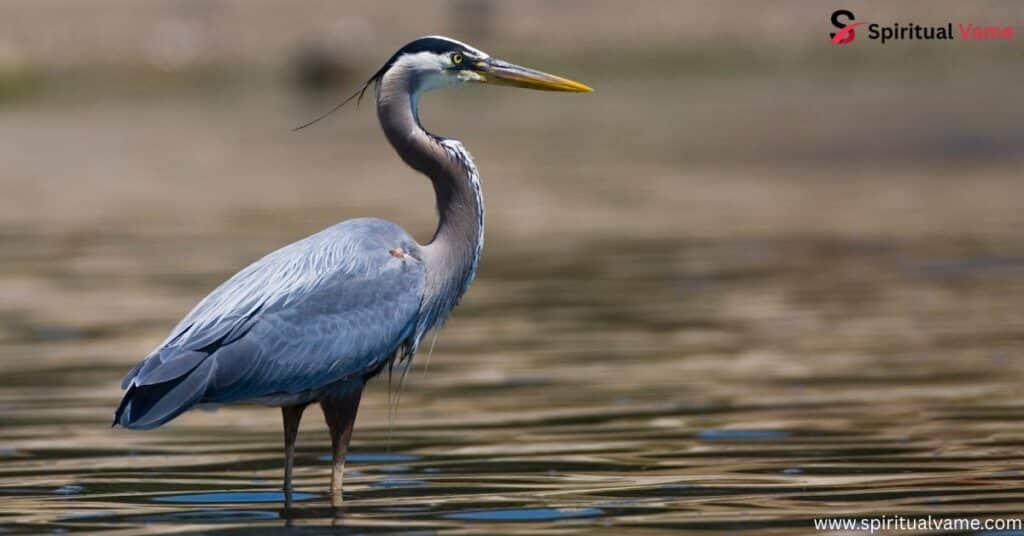
Tall and graceful, the Great Blue Heron stands like a statue near rivers and lakes. At over 4 feet tall, with a wingspan reaching 6 feet, it’s one of the largest wading birds in North America. It hunts by waiting still, then striking lightning-fast with its long bill to catch fish or frogs.
Common throughout West Virginia, especially in wetlands, this heron adds a sense of peace and power to any nature walk.
Double-crested Cormorants
These dark, fish-eating birds are expert divers. Double-crested Cormorants often perch with wings spread wide to dry after swimming. They’re often mistaken for ducks but are larger, with slender necks and hooked beaks.
You’ll see them near lakes and rivers, especially where fish are plentiful. Their populations have grown in recent years, making them a regular sight in West Virginia’s waterways.
Great Egrets
Elegant and snow-white, Great Egrets are another beautiful wading bird found in the state. They’re tall, with slender necks and sharp yellow bills. Like herons, they stalk prey slowly in shallow water before striking.
Their bright white feathers once made them targets for hat collectors, but today they are protected and thriving in many areas across the state.
Sandhill Cranes
The Sandhill Crane is one of the tallest birds in North America. They have long legs, a red forehead, and a long, pointed bill. With a wingspan of up to 7.5 ft, they can be seen flying in graceful lines across the sky.
While not extremely common in West Virginia, sightings are increasing as their range expands. They’re known for their loud, bugle-like calls that echo across the landscape.
Conclusion
The largest birds in West Virginia aren’t just big—they’re essential to the ecosystem, awe-inspiring to watch, and a reminder of the state’s wild beauty. From Trumpeter Swans gliding across lakes to Bald Eagles soaring overhead, these birds add wonder to every corner of the state. Whether you’re a lifelong birder or a curious hiker, keep your eyes open—you might just spot one of the 17 notable birds that call West Virginia home.

